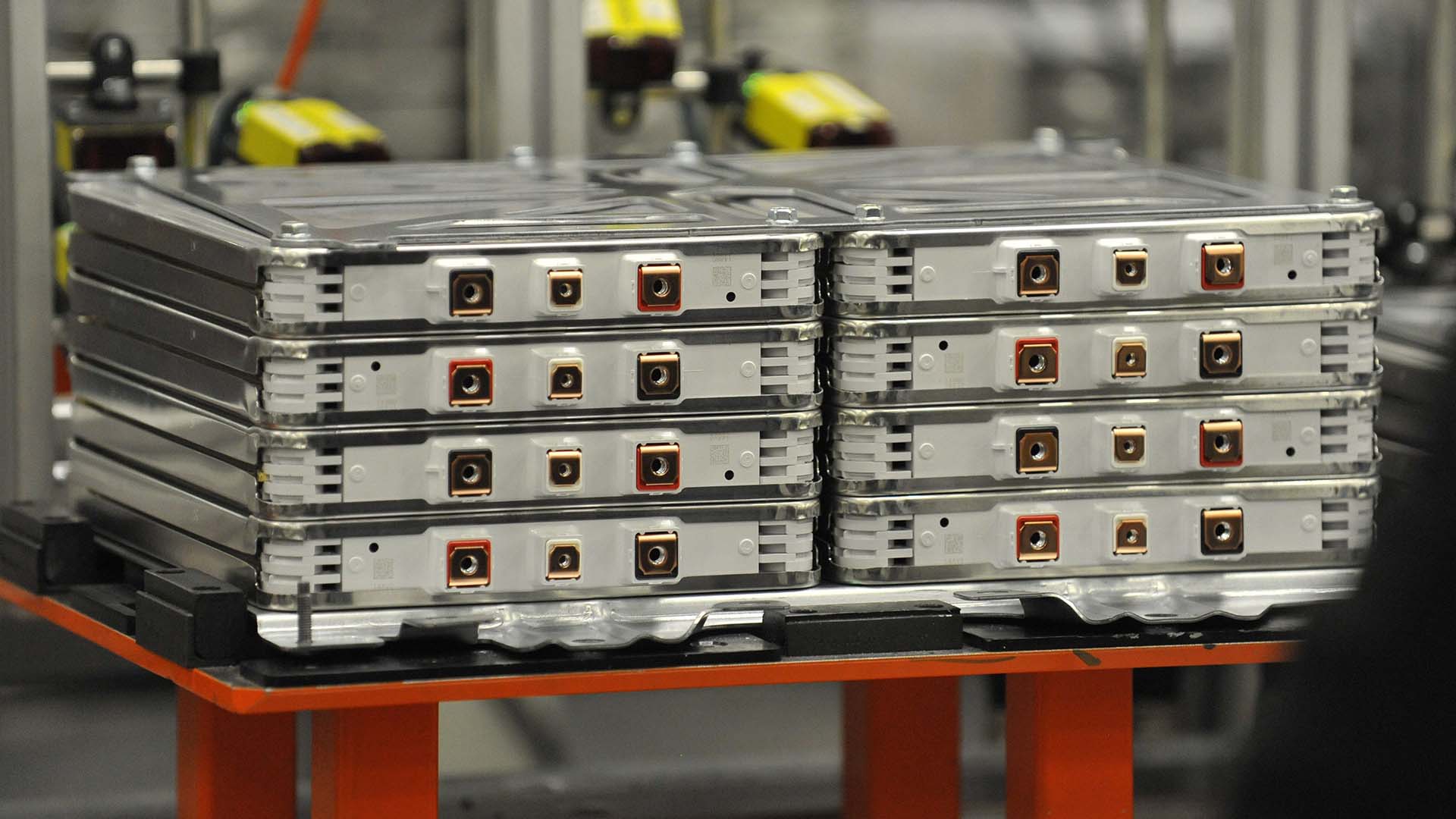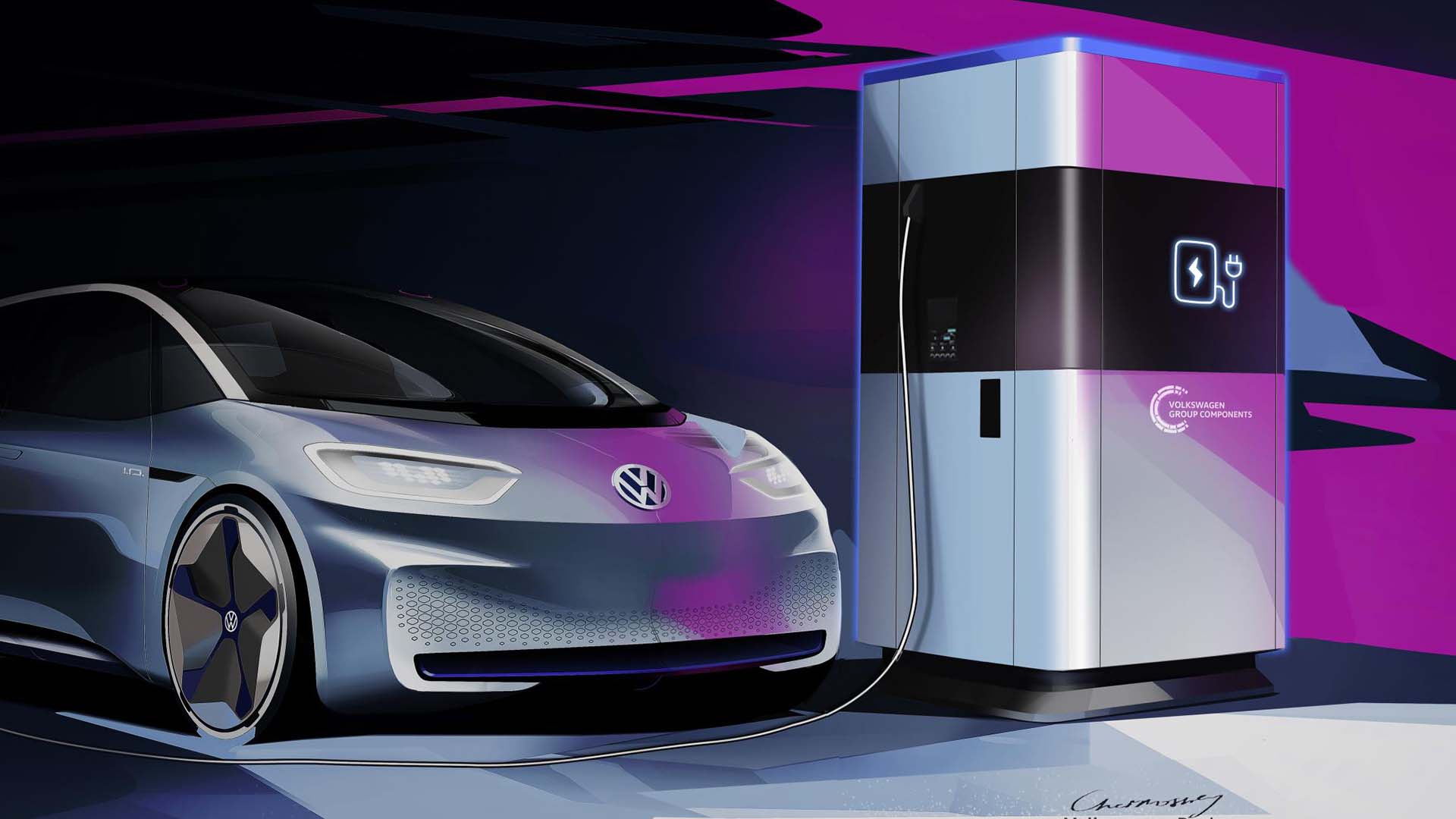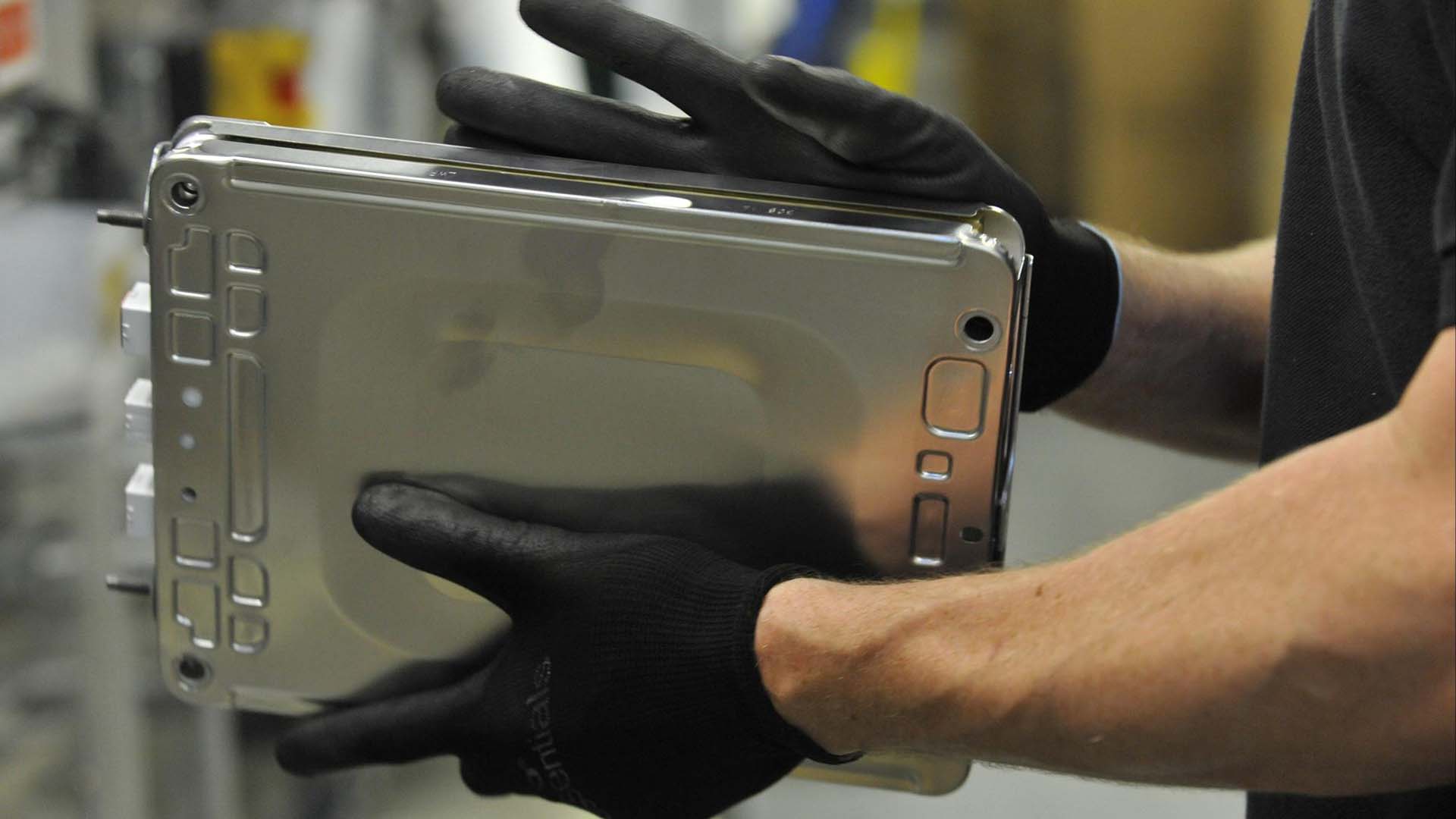So far in 2024, electric cars have accounted for around 15 percent of vehicle registrations in the UK. And with the forthcoming ban on the sale of new petrol, diesel and hybrid cars from 2035, it’s clear that EVs will soon become the default choice for car buyers.
This is great news for local air quality and the environment. What isn’t so great, however, is the potential for a huge mountain of used electric car batteries once they have reached the end of their serviceable lives. A battery is expected to last around 10 years before it needs to be replaced.
Fortunately, electric car batteries CAN be recycled. Indeed, car companies are investing millions in the reuse and recycling of these components.
‘Battery waste mountain’

A study by the University of Birmingham said ‘recycling technologies for end-of-life lithium-ion batteries are not keeping pace with the rapid rise of electric vehicles’, with researchers warning that ‘the UK needs to act to prevent an electric vehicle battery waste mountain’.
It calculated that the one million electric cars will create a staggering 250,000 tonnes, or half a million cubic metres, of unprocessed pack waste when they reach the end of their lives.
The consultancy Circular Energy Storage estimates that more than 1.2 million tonnes of waste lithium-ion batteries will be recycled worldwide by 2030. One existing facility is the Fortum recycling plant in Finland, which aims to recover more than 80 percent of the materials from lithium-ion batteries.
“By recycling valuable materials in lithium-ion batteries, we reduce the environmental impact of electric car batteries by complementing the supply of cobalt, nickel and other critical metals from primary sources,” said Tero Hollander of Fortnum Recycling and Waste.
A second life for electric car batteries

There are many examples of electric car batteries being given a second life when they are no longer suitable for their original purpose. Second-life batteries are removed from the car, unpacked, graded and repurposed.
For instance, the battery pack in a previous generation Volkswagen e-Golf can store as much energy as a typical household consumes in one day. And 280 used Nissan Leaf batteries were used to provide back-up power to the Amsterdam Arena – home of Ajax football club.
The car manufacturers are getting involved on a larger scale, too. Volkswagen has already used the battery packs from its electric vehicles in a network of portable charging stations. Each station can charge up to four vehicles at a time.
EV batteries at the end of their second life

In many ways, the second life is simply delaying the inevitable: at some point an electric car battery will need to be recycled. Volkswagen eventually wants to recycle 97 percent of the raw materials in its battery packs.
This is important, as battery production puts a strain on the world’s natural resources. For example, cobalt is a critical material, but there are social, ethical and environmental concerns in the Democratic Republic of Congo, where much of the cobalt for EV batteries is mined.
In Salar de Atacama – a major centre of lithium production – 65 percent of the region’s water is consumed by mining activities, affecting the local farmers.
The challenge, not to mention the endgame, is to close the loop of electric car battery production. Rather than recycling the materials for other uses, the best scenario would be for them to be retained for a new battery.
Tesla board member JB Straubel said the company is “developing more processes on how to improve battery recycling to get more of the active materials back. Ultimately, what we want is a closed loop that reuses the same recycled materials.”
The American company has a battery recycling facility in Nevada where lithium, cobalt, copper and steel are recovered and reused in the production of new electric car batteries.
Under the Waste Batteries and Accumulators Regulations 2009, an electric car manufacturer is obliged to take back a battery for recycling. If your EV is reaching the end of its life, you can contact the relevant car company for more details.
ALSO READ:
How do I charge an electric car using solar panels?
How can regenerative braking improve your electric car’s range?

